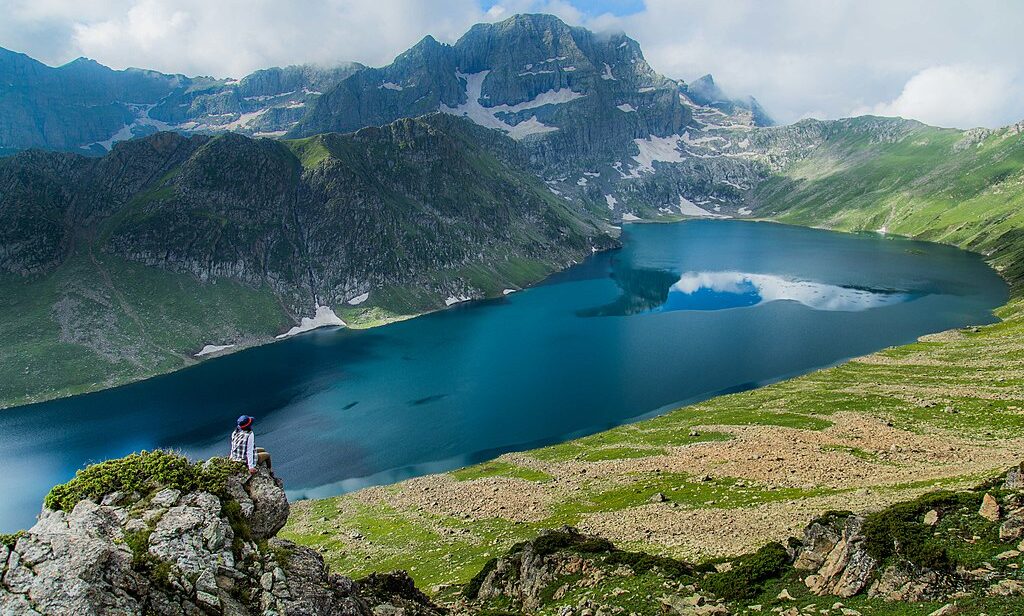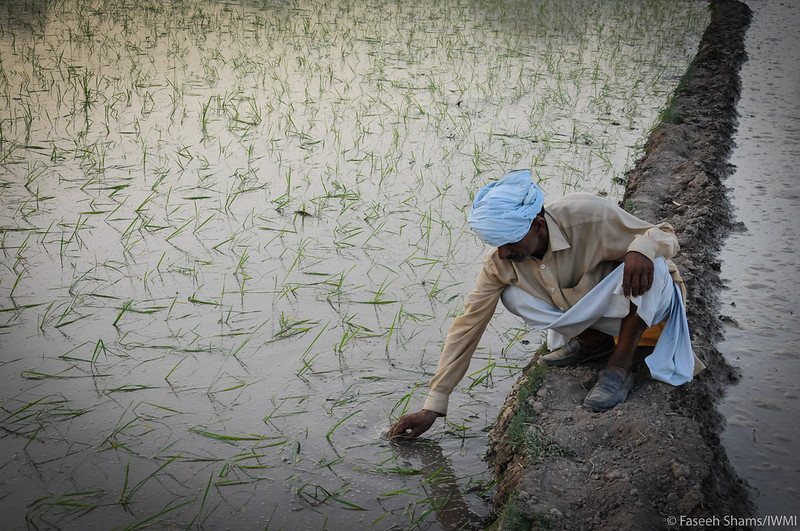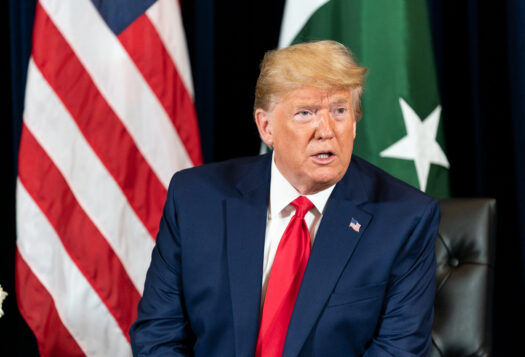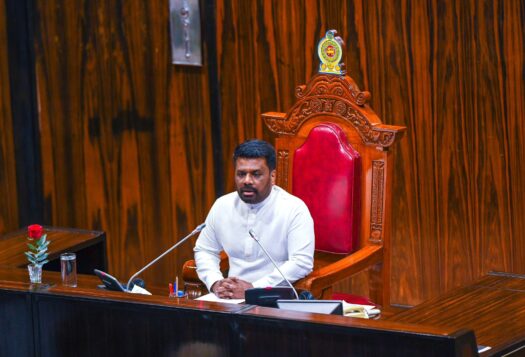
The much-awaited completion of the Shahpur Kandi dam on February 25, 2024, at the border of Indian Punjab and Indian-administered Jammu & Kashmir (J&K) has once again brought water to the center of India-Pakistan relations. Permitted under the 1960 Indus Waters Treaty (IWT)’s water sharing framework, the Shahpur Kandi dam will allow India to effectively use the hydropower and irrigation resources provided by its eastern rivers, i.e., the Ravi, Beas, and Sutlej. The Shapur Kandi dam took three decades to build due to a dispute between Punjab and J&K and cost roughly USD $398,000.
The IWT grants India unrestricted use of the eastern rivers, including the Ravi, without considering the downstream impact on Pakistan and grants Pakistan control over the western rivers, specifically the Indus, Jhelum, and Chenab. For Pakistan, the lower riparian state, India’s unrestricted access is particularly concerning since it has historically relied on receiving unused waters from India through these rivers. Therefore, while the construction of the Shahpur Kandi dam is poised to significantly enhance India’s agricultural productivity and energy supply, with notable benefits for J&K, it also exacerbates Pakistan’s water security and intensifies existing geopolitical tensions.
While the construction of the Shahpur Kandi dam is poised to significantly enhance India’s agricultural productivity and energy supply, with notable benefits for J&K, it also exacerbates Pakistan’s water security and intensifies existing geopolitical tensions.
Benefits to India
The dam’s significance lies in its capacity to generate hydroelectric power and substantially enhance irrigation capabilities, increasing the amount of arable farmland. The Punjab government projects that the dam will allow farmers to irrigate an additional 91,856 acres of farmland, particularly through extensive irrigation of the Upper Bari River in Rajasthan. Delving deeper, this adds 12,355 acres of agricultural land to Punjab and 79,501 to J&K. Moreover, the dam will also generate 206 megawatts of electricity for India’s power grid.
The construction of the Shahpur Kandi dam signals a shift in India’s approach toward the IWT, as the treaty’s provisions are increasingly seen as a means to optimize the rivers’ economic potential and funnel greater benefits to J&K. Historically, the IWT’s provisions have marginalized J&K because it allocates the three western rivers that flow through the region to Pakistan. This consequently constrains India’s, and by extension J&K’s usage of those rivers and contributes to the region’s current power deficit. However, following the dam’s inauguration, J&K will obtain a 20 percent share of the dam’s hydroelectric power. Eventually, this will improve irrigation in previously underserved agricultural lands in Jammu and, in turn, bolster rural livelihoods and food security.
The dam is also expected to improve perceptions of the IWT among J&K residents. Previously, residents and past governments of J&K attributed less irrigation, untapped hydropower potential, and various economic losses in the region to the constraints of the IWT. The people of J&K harbor a long-standing perception that the central government is responsible for depriving them of the hydroelectricity benefits that they could extract from their own water resources. Therefore, the dam’s construction signifies an important stride in fostering locals’ trust and moving toward equitable resource distribution and development in the region.
The dam’s completion also finalized a prolonged dispute between Punjab and J&K over how India may use the Ravi’s water resources. Following decades of negotiations, both have finally found common ground on equitably sharing the river’s waters. The negotiations ultimately addressed the J&K government’s concerns about securing irrigation water in the Samba and Kathua districts and improving access to hydroelectric power, marking a significant political achievement as well.
Lastly, the construction of the Shahpur Kandi dam has added credibility to India’s threats that it would restrict water flow to Pakistan, which are often made during periods of high tension between both nations. During previous escalations, Indian politicians have threatened to restrict or divert water flow to Pakistan as retaliation for Pakistan’s alleged involvement in cross-border attacks and to boost domestic support before elections. Although India operates within the IWT’s rules, this dam sends a strong message to its western neighbor. This rhetoric rose in popularity after the Pulwama attack in February 2019, when the then-Minister for Transport, Nitin Gadkari, made a public statement threatening to divert water from the eastern rivers to the Yamuna.

Repercussions for Pakistan
The dam’s completion has stirred strong reactions in Pakistan and its media circles. Despite the legality of India’s actions under the IWT, certain Pakistani media outlets have labeled the dam’s completion as “water terrorism.” However, a closer examination reveals that the portion of water inflow from the eastern rivers Pakistan received since 1960, including the Ravi, is not as substantial as Pakistani media outlets have suggested.
Professor Medha Bisht sheds light on the amount of water actually transferred from the India-controlled eastern rivers into Pakistan. According to Bisht, the water flow from the eastern rivers is only 4.41 Million Acre-Feet (MAF), 3.99 MAF of which is generated within Pakistan’s borders. Government officials in Indian Punjab confirm that the Ravi River’s water flow from India into Pakistan is not as substantial as previously thought, with around 2 MAF flowing unused to Pakistan annually below Madhopur. While some water is transferred during the rainy season, India has historically stored the majority within storage facilities on the western rivers under the IWT’s provisions.
Although the volume appears modest compared to the amount of water Pakistan receives through the western rivers, Lahore’s dependency on the Ravi is notable. The river plays a crucial role in groundwater recharge that supplies Lahore. Currently, the annual groundwater recharge deficit is about 21 billion cubic feet, causing groundwater levels to fall by an average of 4 feet each year. Additionally, Lahore-based initiatives like the Ravi Urban Development Authority (RUDA), which seeks to revitalize the Ravi and foster urban development along its banks, could suffer setbacks. Without immediate and decisive intervention, Lahore risks facing a situation akin to what Cape Town, South Africa, faces, where severe water shortages necessitate long queues for minimal potable water access.
If these water issues gain traction and attract the ire of the public, it will add another layer of complexity to Pakistan’s evolving political landscape. Following Pakistan’s recent general elections, the Pakistan Muslim League-Nawaz (PML-N) and the Pakistan People’s Party (PPP) forged a coalition government but have faced numerous protests and allegations of electoral fraud. Politicians, mindful of avoiding backlash from farmers, traditionally vie to secure a significant portion of available water for their provinces to solidify voter support. Both the PML-N and the PPP hold a respective historical stronghold in Punjab and Sindh, but given the bitter history between both provinces over water sharing, the upstream construction of the Shahpur Kandi dam may further complicate already strained relations between them. Therefore, it will be intriguing to observe how this new coalition government will navigate the prevailing challenges of the Ravi’s reduced water flow.
Recognizing that India’s central government is unlikely to back away from its investment in the Shahpur Kandi dam, it is imperative that both nations adopt a collaborative approach to ensure the enduring viability of the IWT.
What Next?
The Shahpur Kandi project will allow India to maximize its use of the eastern rivers, potentially at the benefit of stakeholders in J&K, but at the cost of heightened tensions with Pakistan. The fervor over the dam’s completion may additionally serve as an electoral strategy for India’s ruling party to secure votes in Northern India during the upcoming parliamentary elections by demonstrating commitment to its economic development agenda and further squeezing Pakistan’s groundwater resources. The next step for India will likely be infrastructure development to harness the potential of the western rivers, as per treaty provisions.
Conversely, Pakistan may face heightened calls from residents in the most affected provinces, such as Pakistan’s Punjab, to review Pakistan’s authorities under the IWT. Although Pakistan’s government is unlikely to heed such calls, calls for its review or alteration will trigger uncertainty, cast shadows over the sole bright spot in India-Pakistan relations, and potentially worsen already strained relations between the two nations. Because of the limitations Pakistan faces in its response, while the Indian fervor to harness the full potential of the Indus River system under the ambit of the treaty comes at the potential cost of some of the lower riparian’s water access, the dam also functions as a sign of a strategic shift in India’s use of the IWT. Further, by driving perceptions of water as a mechanism of state competition, the dam may also lead Pakistan to securitize its water governance further, which then allows certain elite circles to gain monopolistic control over water resources. This securitization has become a major barrier to fostering cooperative efforts aimed at effectively managing water resources in the region.
Recognizing that India’s central government is unlikely to back away from its investment in the Shahpur Kandi dam, it is imperative that both nations adopt a collaborative approach to ensure the enduring viability of the IWT. Efforts should focus on mutually beneficial policies: regular Permanent Indus Commission (IPC) meetings, regional cooperation on climate change’s impact on the Indus basin, and steps towards water desecuritization. This is essential for navigating the region’s water management complexities and fostering long-term stability and mutual prosperity in the climate-impacted region.
Also Read: The Crisis Potential of Pakistan’s Increasing Water Stress
***
Image 1: Kashmir via Wikimedia Commons
Image 2: Pakistani rice farmer via IWMI on Flickr


